Devil Fish Invade Belize; How Can You Help?
Belize’s river systems are at risk. For decades, they have been facing threats from pollution, increased flooding due to climate change, and deforestation. These issues can negatively impact water quality, aquatic ecosystems, and the communities that rely on the rivers for livelihoods and resources. But there’s another threat that requires immediate public attention, an invasive fish species called the Armored Catfish, that has been causing severe damage to the very waters it has decided to reside in. News Five’s Britney Gordon has more details on the pesky aquatic animals and the damage they are inflicting. Here’s the story.
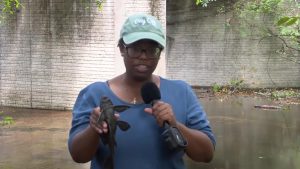
Britney Gordon
Britney Gordon, Reporting
“This fish is dangerous. It’s an invasive species that have been wreaking havoc Belizean waters for over a decade. It’s known by many names. While some know it as the armored catfish, others know it as plecos or even the Devil Fish.”
They’re a unique species, scientifically known as Loricariidae. They’re easily identified by their solid exterior, and sharp fins. While they may make for an interesting catch, they’re not very popular for eating and what’s worse is the damage they’re causing to Belize’s delicate ecosystems. These fish compete with our native species, for food and space, causing an ecological imbalance. Dr. Elma Kay, Managing Director at the Belize Maya Forest Trust, stresses the importance of maintaining this balance.
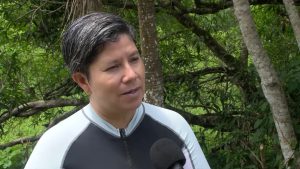
Elma Kay
Dr. Elma Kay, Managing Director, Belize Maya Forest Trust
“It disrupts that food chain. And you might ask what does that have to do with us? Maybe this is a fish that we can eat or that we can commercialize. And maybe those are things that will have to happen with this fish because we might not be able to stop the invasion. Just like we were unable to stop the invasion of tilapia, which is a non-native species. However, taking systems out of balance trickles down to us every day, right? Because when we think about it, like, where does our drinking water come from? Even if you buy a bottle of crystal water, it still comes from a river, right? And that means that the more intact our river systems are, the more in balance and healthy they are.”
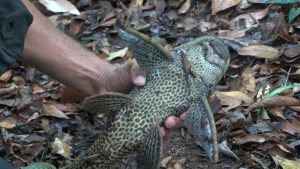 The fish have been appearing all over Belize for about twelve years, however, the recent frequency of reported sightings is a major cause for concern with local conservationists. Jen McKnight, a researcher at the Savanna Field Station explains that armored catfish frequently burrow into the banks of rivers and creeks, leading to erosion and severe bank instability. Several trees have fallen into the water as a result, which can compromise the cleanness of the water.
The fish have been appearing all over Belize for about twelve years, however, the recent frequency of reported sightings is a major cause for concern with local conservationists. Jen McKnight, a researcher at the Savanna Field Station explains that armored catfish frequently burrow into the banks of rivers and creeks, leading to erosion and severe bank instability. Several trees have fallen into the water as a result, which can compromise the cleanness of the water.

Jen McKnight
Jen McKnight, Researcher, Savanna Field Station
“We see a lot of these fish, especially as we go farther upstream in the banks, they create a lot of holes where they like to hang out and nest in. And it really destabilizes the bank. It silts up the water a lot. So the water becomes a lot more turbid. They’re also feeding on a lot of algae, so a lot of native species that are relying on that source of algae for food are getting outcompeted by these fish as well. So the numbers of them are just pretty crazy out there. We see lots of them piled on top of logs and other structures under the water.”
Armored catfish are bottom feeders, with algae making up most of their diets. Dr. Kay tells us that in Florida, United States, where the fish are also an invasive species, they have been harassing native animals like manatees, often leading to their deaths.
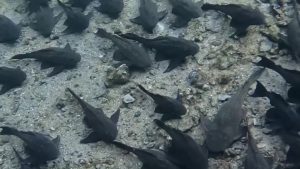 Dr. Elma Kay
Dr. Elma Kay
“In Florida where this fish is an invasive is, for example, they have been known in Florida to harass manatees. So if they get far, far down the system, close to, our manatees coming into the areas, that are close to the coast and into the river systems. You know that sometimes if you’ve seen a manatee, that it has algae on its back. If they start harassing manatees, then manatees spend a lot of time trying to avoid them rather than feeding, which is what the manatees have to do to remain healthy.”
The fish are resilient creatures; their tough exterior prevents them from attracting many predators. They can survive for several hours outside of the water and in various conditions. In the heart of the Belize Maya Forest Reserve, we caught a few of them and observed that even when speared, the fish do not immediately die. Head Ranger, Marco Diaz says that the fish in the area have also recently adapted their behavior to avoid human interaction.

Marco Diaz
Marco Diaz, Head Ranger, Belize Maya Forest Trust
“At this specific stream here, the rangers have reported that the armored catfish, they could always see them here in large numbers, but now their behaviors change. So when they come here to this stream here, they tend to just go away when they sense the human presence or they see, right? So they tend to just go away.”
Research is still ongoing to determine the exact cause of their migration into Belize’s waters. In Florida, aquarium trade was a major factor in the species’ invasion as many people would release them, or they would escape from fish farms and holding facilities. The Belize Maya Forest Trust advises all Belizeans to not transport or introduce them into other rivers, creeks, or water bodies.
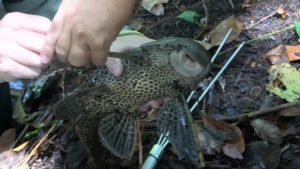 Dr. Elma Kay
Dr. Elma Kay
“So we know that it came to us from Mexico on this side. How it has spread to the rest of Belize. In low lying areas when there’s flood, these fish are actually capable of surviving outside of the water for a few hours. Which makes them even more hardy. And a little flooding and they move into another system and that’s how they, that’s how they keep moving. What we should not do is, on purpose, try to move them to other systems, especially systems where we know that they are not yet there.”
It’s unclear whether the spread of these harmful animals can be stopped, but it can be mitigated as so long as everyone does their part to protect Belize’s valuable water systems and the native creatures that rely on them. Britney Gordon for News Five.




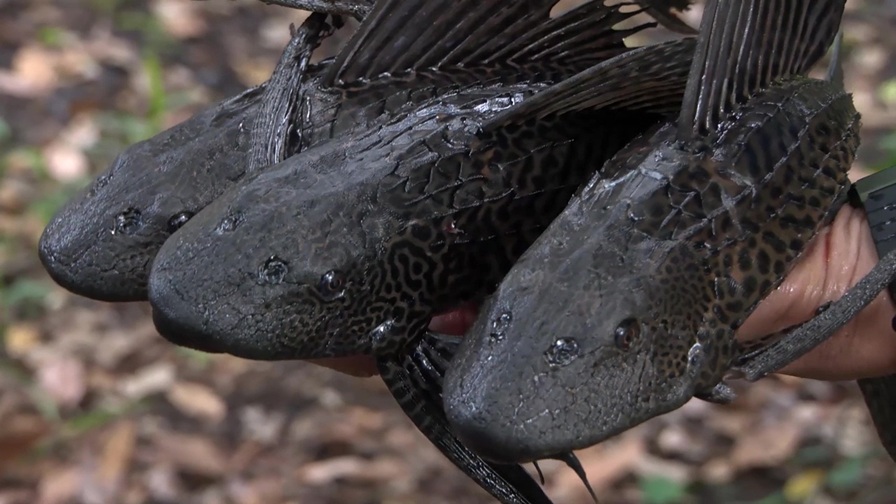

Facebook Comments